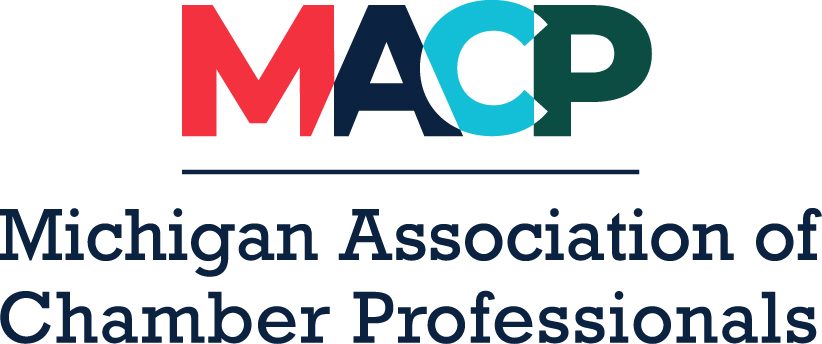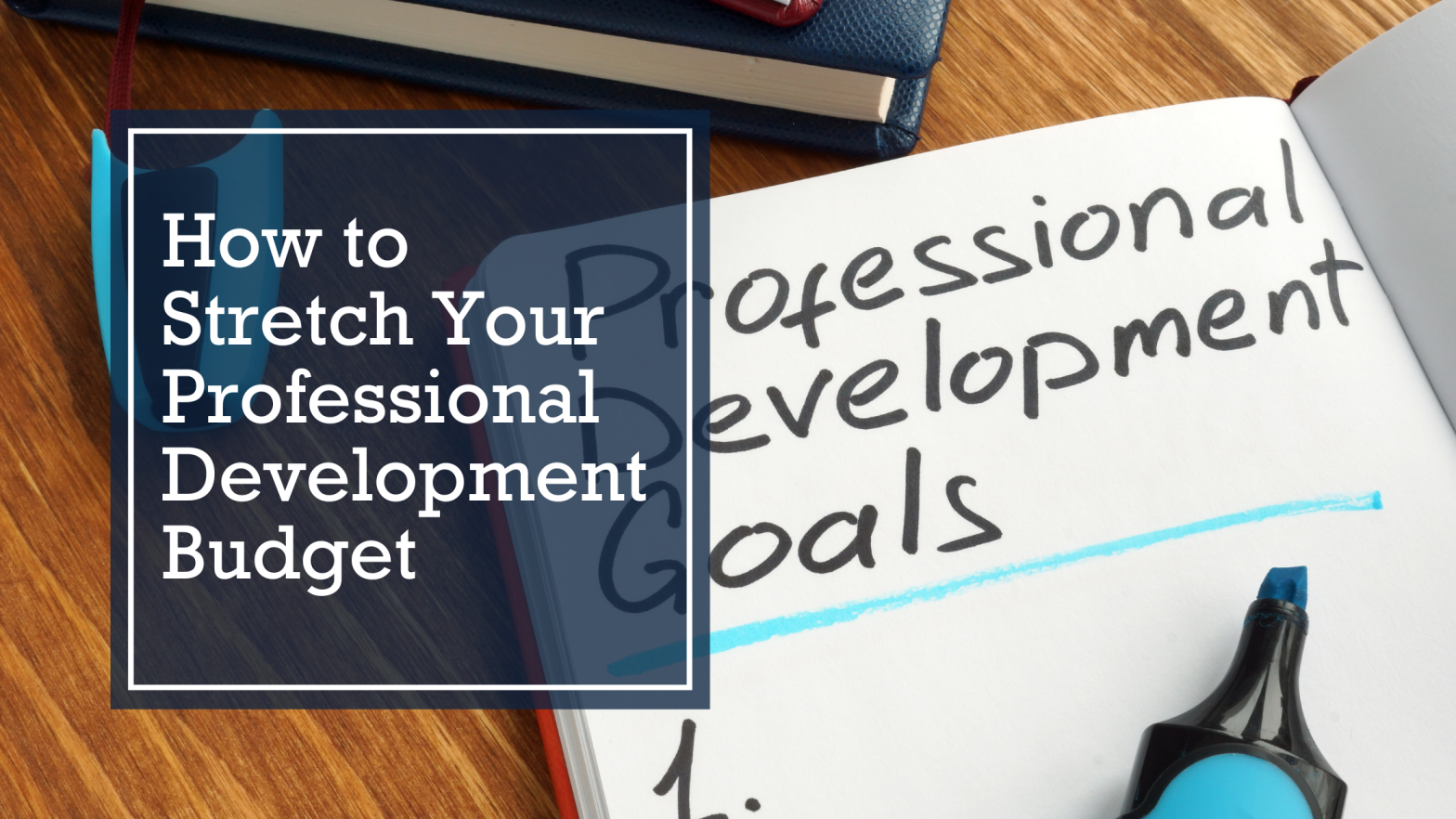In the fast-paced lanes of information around us, investing in professional development is important to stay relevant, retain staff, and achieve organization goals. Investing in staff at all levels requires planning to use resources effectively and to maximize opportunities for the chamber.
Assessing the Need
Chamber staff come to the job with a variety of backgrounds and experiences. Charting the needs of the organization and measuring against the skill sets employees already have will identify the areas most needed. For example, an event manager may come to the job with sufficient event planning experience but lacks budgeting or strategic planning skills. Or maybe the executive comes from a corporate background with tremendous leadership skills but is missing a broad understanding of community development. Identifying the gaps will help advise where to spend dollars most effectively.
How Much to Budget
There is a wide spectrum of investment levels for all sizes of organizations with many chambers investing nothing to others spending thousands of dollars on professional development. While there isn’t a one-size-fits all number, industry benchmarks place investment at 1-3% of the total compensation budget with higher-ticket experiences for leadership staff and more accessible training for other staff. This could change from year-to-year depending on opportunities and the cost of programs but it is a solid start to dedicating resources.
Keeping it Strategic
Professional development should always directly support organization goals. Whether it’s to develop a peer network, improving operations, learning about new programs, or retaining staff, aligning resources will increase the chances of success.
Examples of Professional Development for Chambers with Small Budgets
When there are only one or two staff members and the budget is tight, the mountain of opportunities may seem out of reach. But with some creative leverage, chambers can get a lot of bang for their buck. Consider these opportunities to stretch professional development budgets:
- Look for online or on-demand training to build skill sets or knowledge. Resources like YouTube tutorials, white papers or vendor-sponsored training can be low-cost or free.
- Ask about mentorship opportunities to learn from other chamber professionals to shorten the onboarding runway.
- Maximize networking time at conferences and events to develop a network of other professionals to call on for help. Save the Date for the MACP Annual Conference
- Apply for scholarships to defray the cost of larger and more expensive activities like the Institute for Organization Management or national conferences.
- Volunteer for boards or committees to build skill sets and expand your network.
- Partner with members that offer training or that have expertise you can draw from to assist your staff.
- Webinars and online courses are cost-effective ways to stay up on software proficiency, communication skills, and project management.
- Host your own peer-to-peer sessions for knowledge sharing or presenting on subjects you are most knowledgeable about.
Examples of Professional Development for Chambers with Larger Budgets
Larger chambers may enjoy more resources for professional development, but strategic prioritization is still required to match opportunities with organization goals. Consider these opportunities to help retain and develop staff, enhance skill sets, and stay competitive:
- Focus on leadership development activities such as leadership retreats and executive coaching.
- Stay up to date on technology knowledge to model best practices for members.
- Look for areas to specialize in or help staff to become more proficient in areas such as economic development, fundraising, board governance, or advocacy.
- Offer to present or speak at conferences and training courses. Research shows that teaching has a greater effect in learning than receiving instruction (Kobayashi, 2019)1.
- Apply for certification or accreditation to access professional networks and maximize best practices in chamber management. Certified Chamber Executive and Certified Association Executive designations support lifelong learning and provide a large pool of professional expertise to draw from.
- Partner with your local community college or university to participate in certificate programs or college courses for high quality training.
- Invest in state federation and national association activities to access trends and benchmarking information.
Regardless of budget size, investing in professional development is essential for chambers to thrive. By aligning resources with organizational goals and leveraging creative opportunities, chambers can empower staff, enhance skills, and remain competitive in the ever-evolving landscape of chamber management.
1Kobayashi K. Interactivity: A Potential Determinant of Learning by Preparing to Teach and Teaching. Front Psychol. 2019 Jan 11;9:2755. doi: 10.3389/fpsyg.2018.02755. PMID: 30687196; PMCID: PMC6336728.

